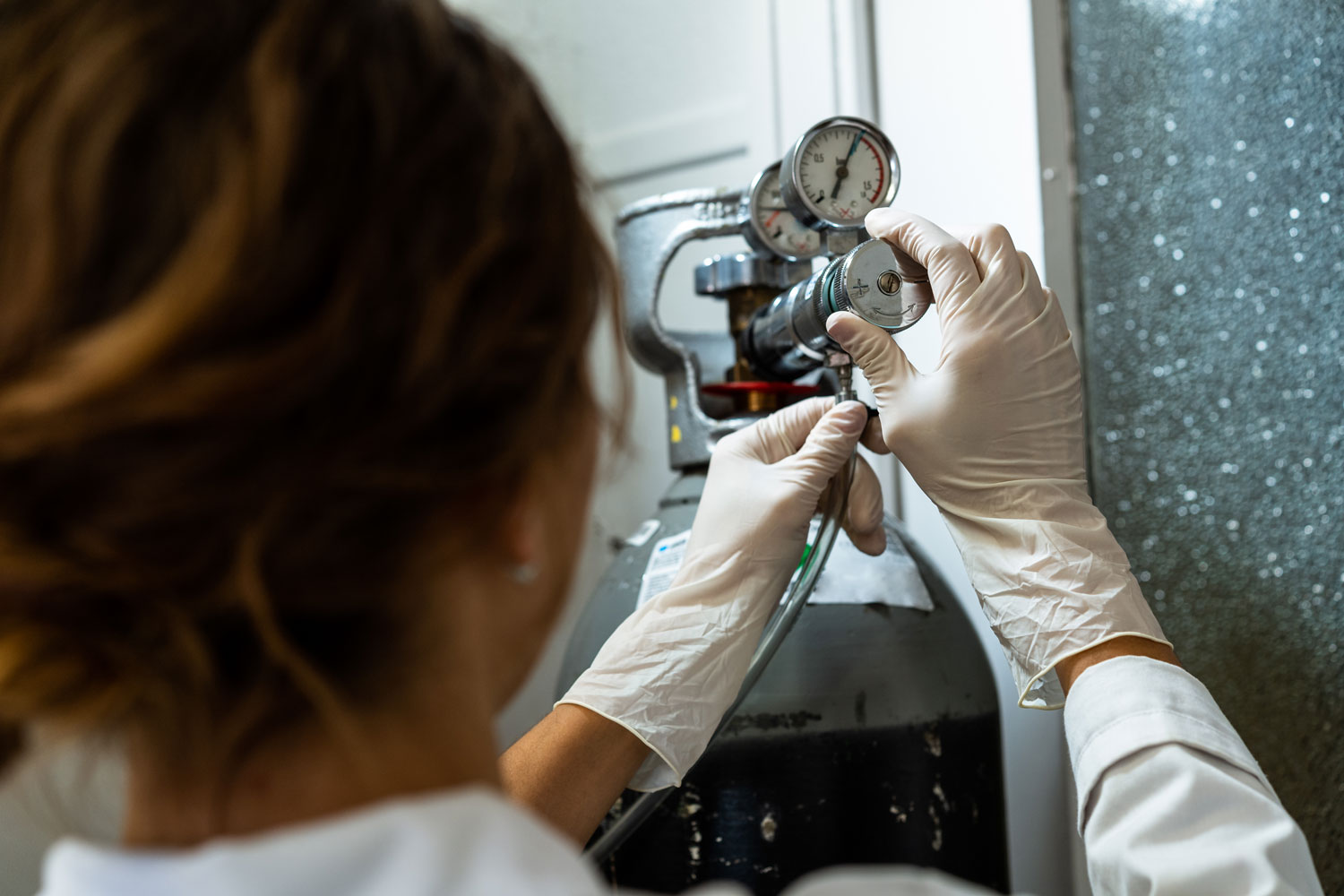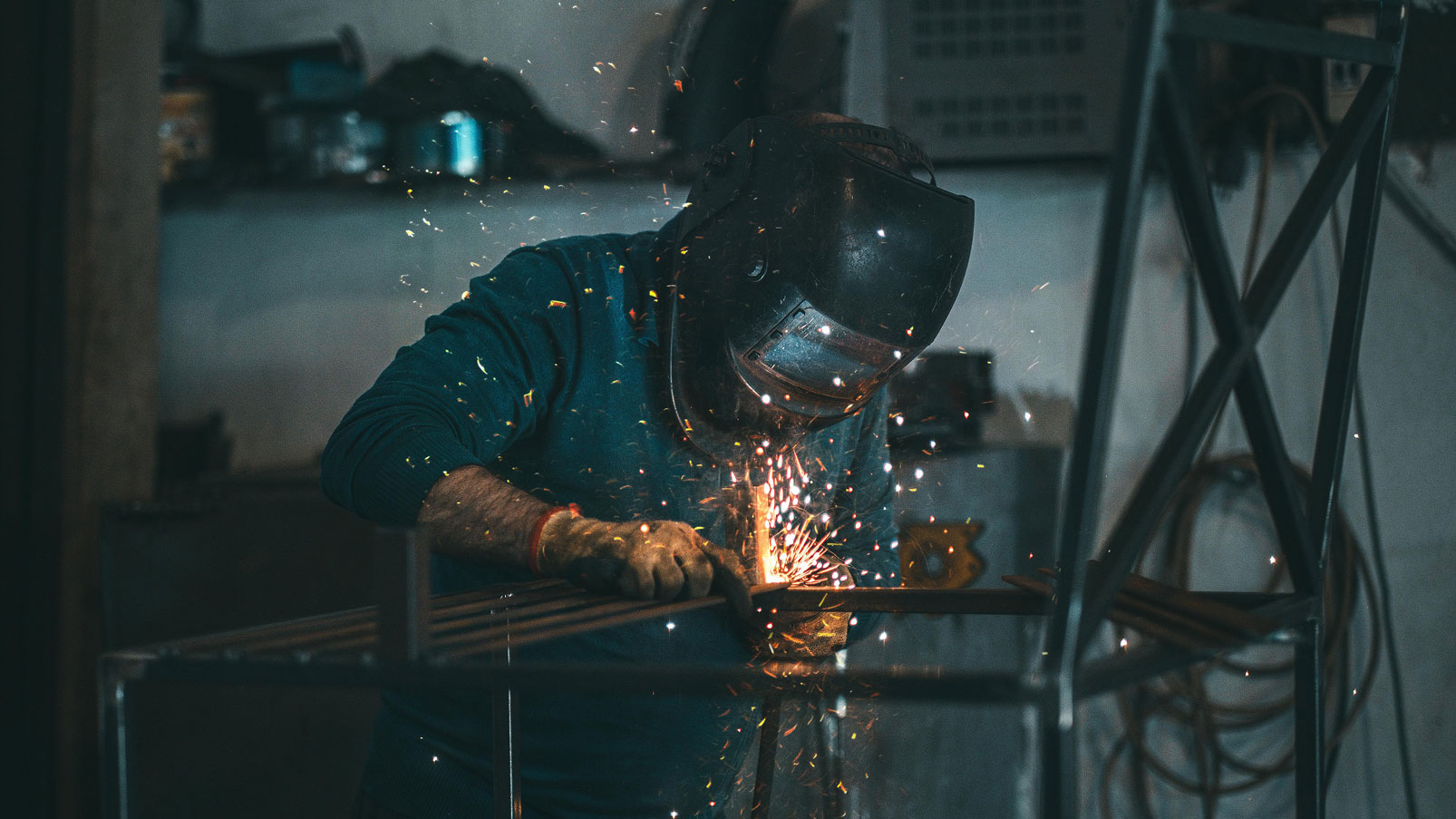Choosing the right gas cylinder sizes is the foundation of a modular system that scales without disruption. The right plan lets you add capacity in clean steps, reduce changeovers, and keep operators safe. Below is a practical framework you can adapt to most facilities. If local code or supplier guidance differs, follow those documents.
What a modular cylinder system looks like
Start with a single bank sized for current demand, then add banks as throughput grows. Use a rack-and-manifold layout that accepts additional cylinders without rerouting lines. Keep aisles clear, anchor racks, and label gas types and pressures at the point of use.
Sizing: map demand before you buy
- Flow profile: average flow, peaks, duration
- Duty cycle: hours per shift and days per week
- Acceptable changeover interval: minutes you can tolerate
- Footprint and access: space for racks, carts, and egress
For steady, high-volume draw, larger cylinders reduce swap frequency. For intermittent work, smaller cylinders can be more efficient. Use supplier calculators where available to translate flow to cylinder counts.
Hardware that makes scaling easy
- Dual-bank manifold with automatic switchover: prevents line starvation during changes
- Quick-connect pigtails: standard fittings reduce tool time
- Point-of-use regulators: stabilize pressure for sensitive processes
- Pressure gauges and isolation valves: faster troubleshooting and maintenance
Safety and compliance for compressed gas cylinders
Keep cylinders upright and restrained. Cap valves when not connected. Segregate incompatible gases. Maintain ventilation and clear access to shutoffs. Verify pressure ratings on regulators, hoses, and downstream equipment match your cylinders.
Checklist before go-live
- Racks anchored; restraints installed
- Labels for gas type, pressure, and flow direction
- Switchover tested under peak demand
- Emergency procedures posted and trained
- Leak checks recorded after every change
Common mistakes and quick fixes
- Undersized bank: add a parallel bank rather than upsizing regulators alone
- Frequent alarms: check regulator setpoints and switchover pressure
- Unstable flow: add point-of-use regulation close to the tool
- Cluttered storage: dedicate full/empty zones and signage
Planning your expansion path
Lay conduit or brackets for future branches now. Standardize fittings and keep a spare regulator per line. Track consumption by work order to forecast when the next bank will be needed.
Next steps
Review bank size options against your measured demand. Align fittings and regulators across lines, then stage the first expansion bank. [[Link to “Products – ISO Cylinders”]] [[Link to “Certifications”]]
Suggested image alt text
- Modular gas cylinder manifold with dual banks
- Technician checking regulator pressure on cylinder rack
- Labeled gas cylinder sizes in anchored storage rack
- Automatic switchover valve between cylinder banks




